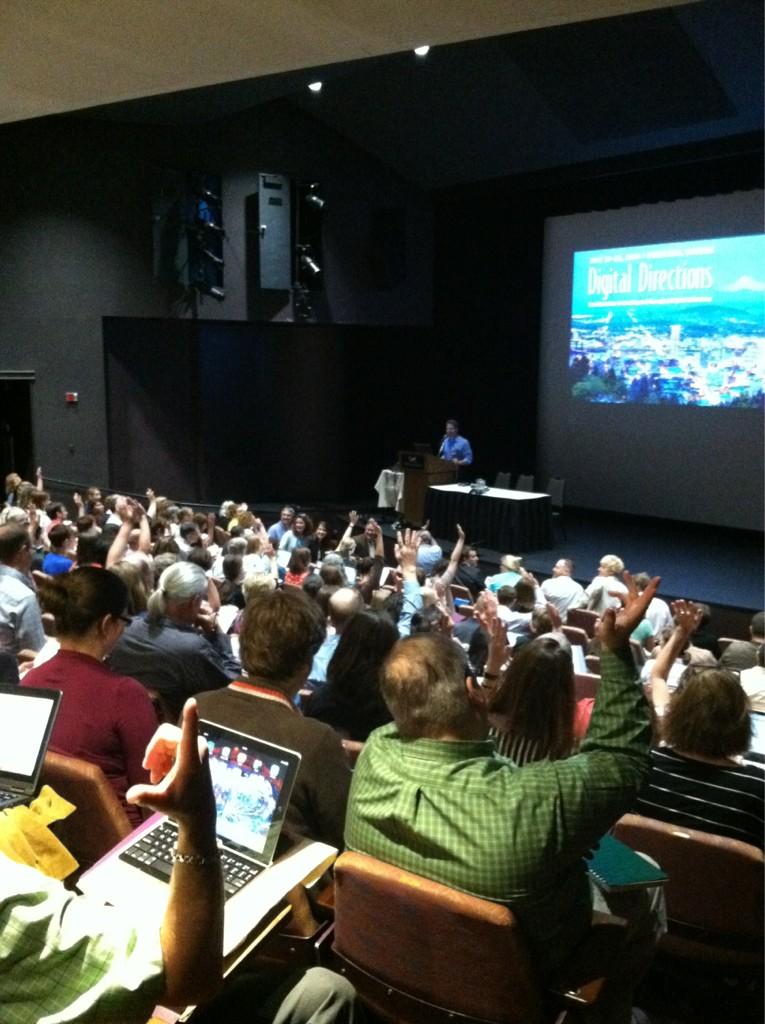We are very excited to announce that Dartmouth College
Library has joined the National Digital
Stewardship Alliance (NDSA), a consortium of organizations that are
committed to the long-term preservation of digital information. The mission of
the NDSA is to establish, maintain, and advance the capacity to preserve our
nation's digital resources for the benefit of present and future generations.
Members include universities, consortia, professional societies, commercial
businesses, professional associations, and government agencies at the federal,
state, and local level.
The NDSA is organized into 5
working groups: Content, Standards and Practices, Infrastructure,
Innovation, and Outreach. Each group develops and executes a series of projects,
which have included:
·
Developing the Levels of
Preservation, a set of guidelines on tiered levels of digital preservation
(Infrastructure WG)
·
Creating Digital
Preservation in a Box, a toolkit to support outreach activities that
introduce the basic concepts of preserving digital information (Outreach WG)
I am very excited to join the Standards and Practices
Working Group, which works to "facilitate a community-wide understanding
of the role and benefit of standards in digital preservation and how to use
them effectively to ensure durable and usable collections." Projects
undertaken by this group include a report on "The
Benefits and Risks of the PDF/A-3 File Format for Archival Institutions"
and a recent survey assessing stumbling
blocks for video preservation.
Written by Jenny Mullins





